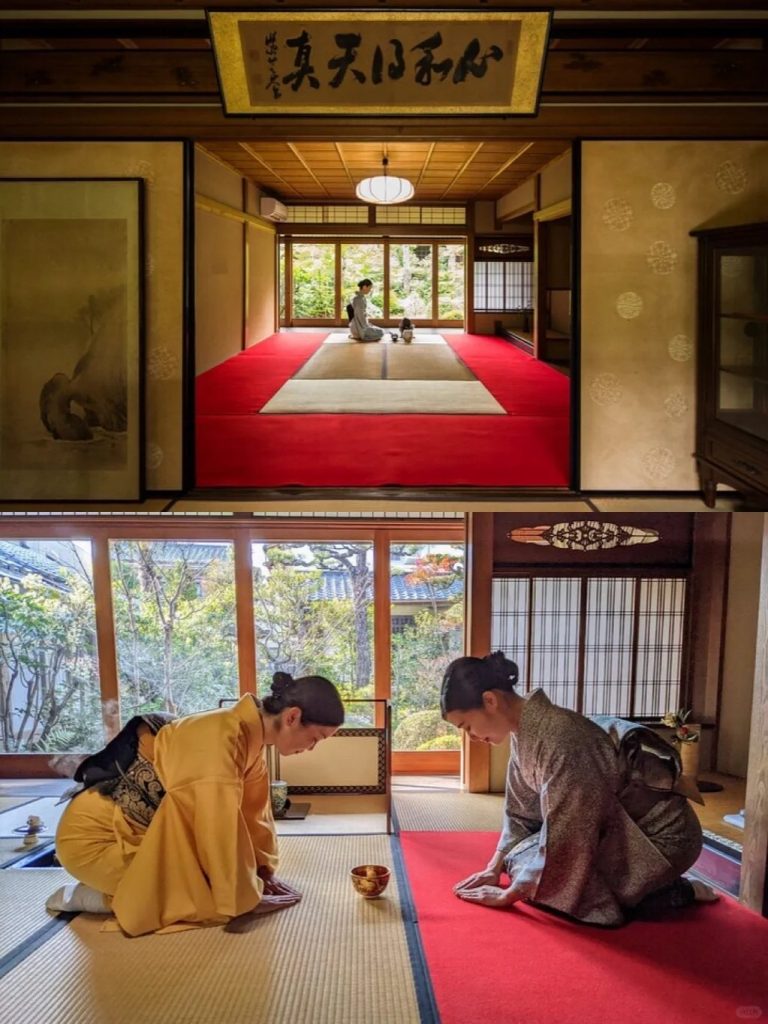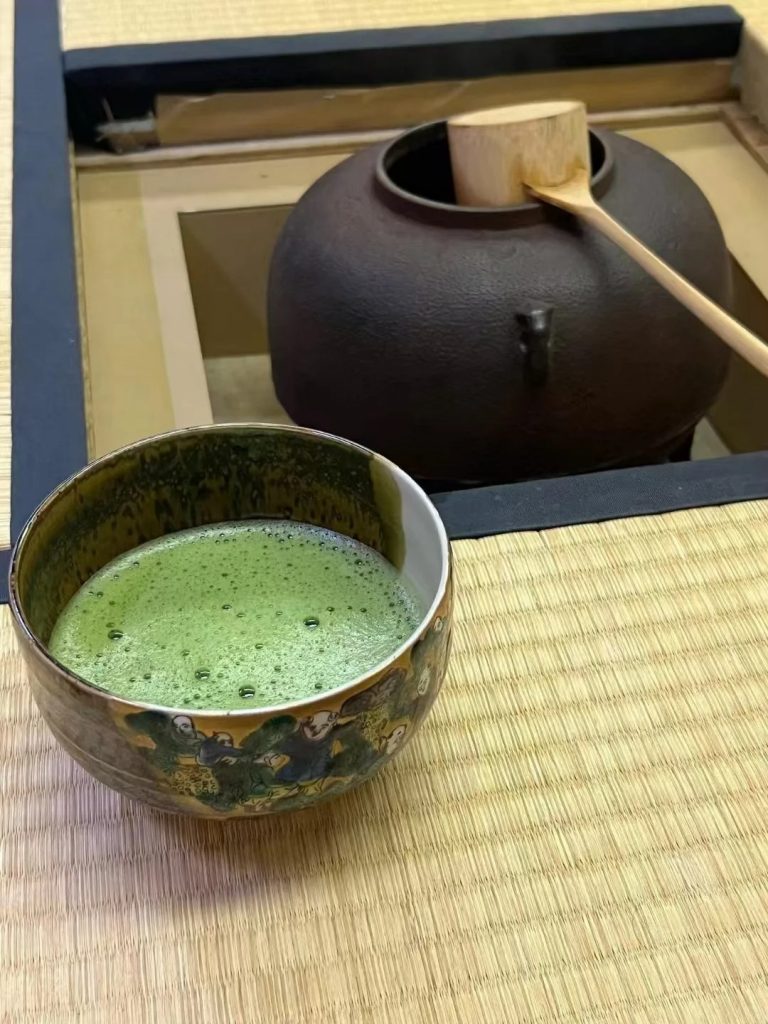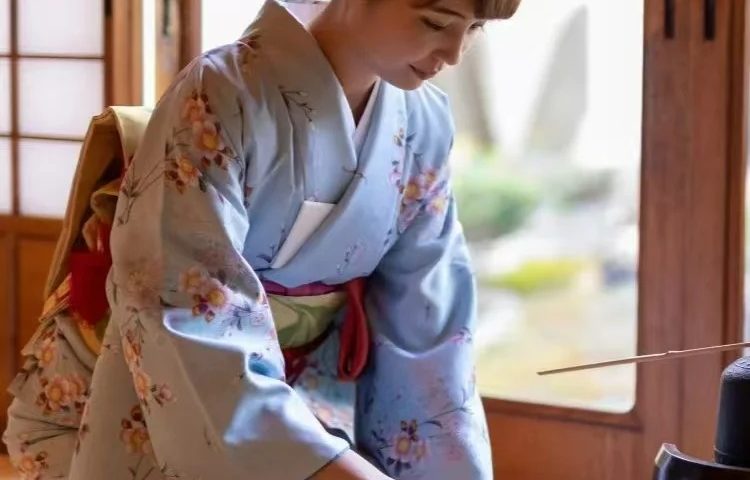
Japanese tea ceremony, non-consideration of tea ceremony, furthermore, it includes a variety of “Japanese, respectful, pure, peaceful” philosophy, consideration of serenity, courtesy, and a Japanese philosophy of life.

Tea Ceremony Origins Exhibition: From China to Japan
The tea ceremony originated in China, and was introduced into Japan early on as the tea ceremony of Zen Buddhism. However, the exhibition of Japanese cultural independence is completed, and the completion ceremony of the self-made mantle is completed.
The first tea ceremony: During the 13th century, Japanese Zen monks began to learn how to drink tea, while the tea ceremony was infused with Zen Buddhism, the main purpose of the tea ceremony was to bring tea to a pure state of mind.
16th century: The tea ceremony format is fixed one after another, Sen no Rikyu is recognized as the founder of the tea ceremony, and the other tea ceremony philosophy of “Wa-kei-seijaku” is the core idea of Chengdu tea ceremony.

Today, the tea ceremony is practiced as a hobby, and there are places where tourists can experience it, as well. Tea ceremonies of varying degrees of formality and authenticity are offered by many organizations across Japan, including at some traditional gardens, culture centers and hotels. Kyoto and Uji are among the best destinations in the country to enjoy Japan’s tea culture.




